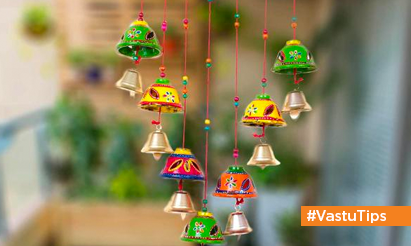Importance of Elephant Images in Vastu Shastra
Vastu Shastra, an ancient Indian science of architecture, holds profound wisdom that guides the creation of harmonious living spaces. Among the various symbols and elements embedded in Vastu practices, the elephant holds a special significance. In this exploration tailored for our Indian readers, we delve into the understanding of why elephant images play a crucial role in Vastu Shastra, offering insights into the cultural, spiritual, and practical dimensions that make these majestic creatures revered in the realm of home and energy alignment.
1. Ganesha’s Blessings: Symbolism of the Elephant in Hindu Culture
Central to Vastu Shastra is the reverence for Lord Ganesha, the elephant-headed deity revered as the remover of obstacles and the harbinger of good fortune. The elephant, being Ganesha’s sacred vehicle, symbolizes wisdom, strength, and auspicious beginnings. In Indian homes, placing elephant images or figurines is not just a decorative choice; it’s an invocation of Ganesha’s divine blessings and a symbolic nod to the removal of obstacles on the path to success.
2. Strength and Stability: Vastu Significance of Elephants at Home
In Vastu Shastra, the placement of objects carries great importance. Elephants, being associated with strength and stability, are strategically placed to enhance positive energy flow within a home. Placing elephant figurines at the entrance or in key areas symbolizes a strong foundation and enduring support, fostering a sense of security and stability for the household.
3. Material Selection: Choosing Elephant Images for Vastu Harmony
In the realm of Vastu, material choices are crucial. Opting for elephant images crafted from specific materials aligns with Vastu principles. Traditional materials like wood and crystal are often recommended for elephant figurines, as they are believed to emanate positive energy and enhance the flow of auspicious vibrations throughout the home.
4. Directional Placement: Aligning Elephants for Energy Flow
Vastu Shastra emphasizes the importance of directional alignment to harness positive energies. Placing elephant images in specific directions can channel their symbolic attributes effectively:
- North or East: Placing elephants in these directions is believed to enhance knowledge, wisdom, and positive thinking.
- Southwest: Elephants in this direction are thought to bring stability, strength, and protection to the household.
- Entrance: Positioning elephant images near the entrance invites good fortune and positive energy into the home.
5. Feng Shui and Vastu Harmony: The Cross-Cultural Connection
The elephant is not only revered in Vastu Shastra but also holds significance in Feng Shui, the ancient Chinese art of harmonizing energy. In Feng Shui, elephants symbolize strength, protection, and wisdom. This cross-cultural connection underscores the universal recognition of the elephant’s positive attributes and its ability to transcend cultural boundaries in promoting harmonious living environments.
6. Cultural Aesthetics: Blending Tradition and Décor
Beyond its spiritual and energetic significance, incorporating elephant images into home décor aligns with India’s rich cultural aesthetics. Intricately carved elephant motifs on furniture, paintings, or textiles not only add a touch of tradition but also infuse homes with the grace and majesty associated with these revered animals.
Conclusion:
As we journey through the realms of Vastu Shastra, the symbolism of elephant images becomes a fascinating intersection of culture, spirituality, and practicality. Whether seeking the blessings of Lord Ganesha, enhancing the stability of a home, or simply embracing cultural aesthetics, the elephant emerges as a powerful symbol that resonates deeply within the vast tapestry of Indian traditions. So, consider inviting the wisdom and harmony of these gentle giants into your living space, and let the grace of elephants guide your journey to a harmonious and prosperous home.




